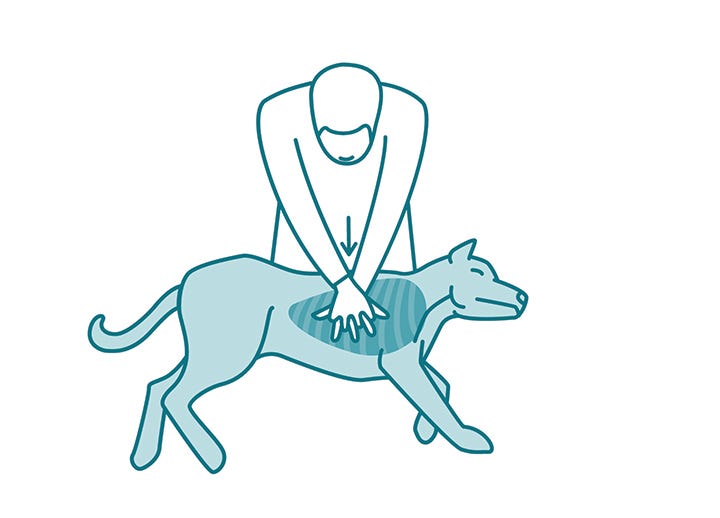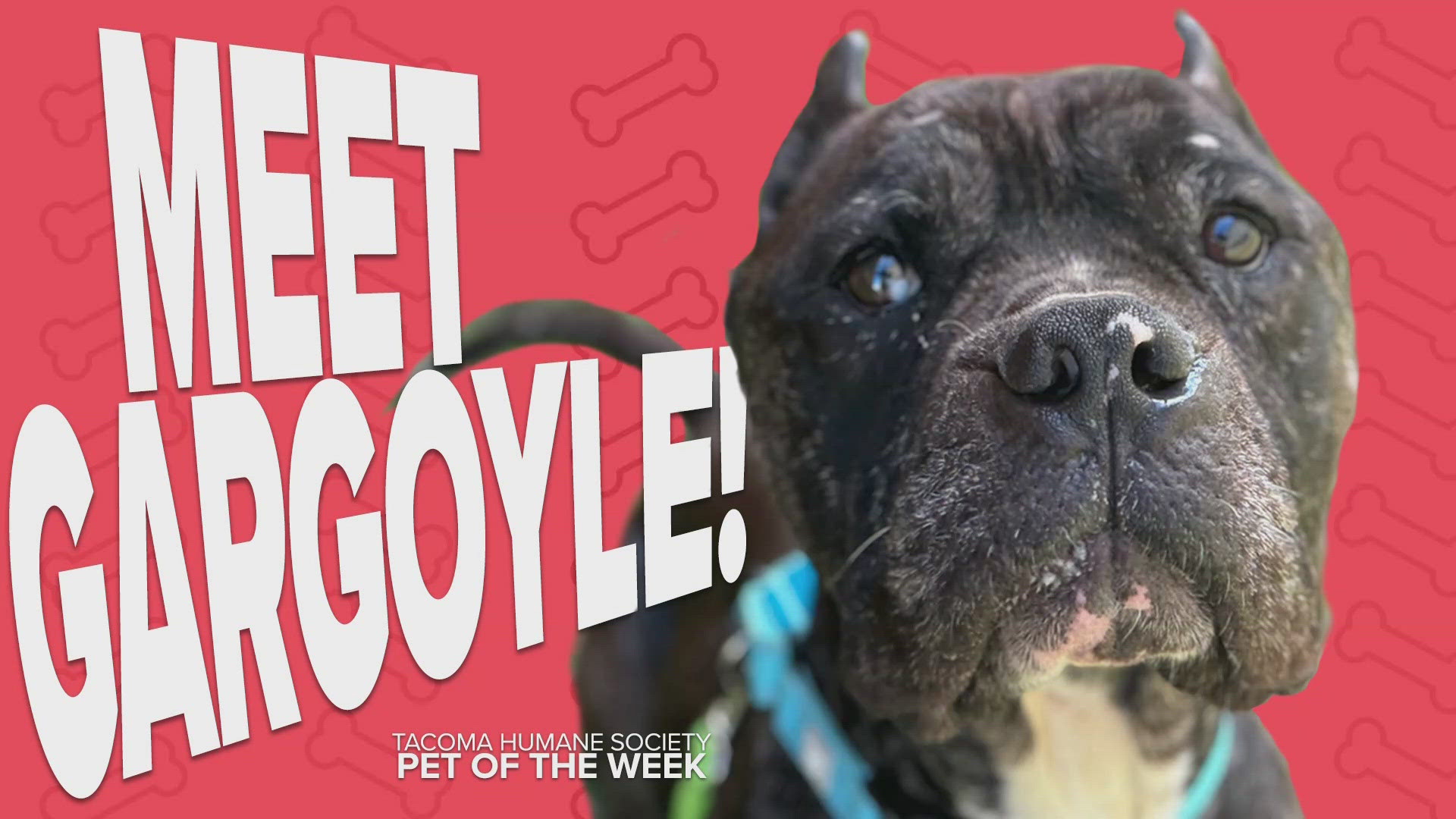Do you know what to do for a dog whose heart has stopped beating?
More than 100 veterinary specialists around the world combed more than 1,000 scientific papers on cardiopulmonary resuscitation (CPR) in dogs and cats to develop a set of specific guidelines and best practices for animals in cardiac arrest.
Their 101 guidelines were published in a free special issue of the Journal of Veterinary Emergency and Critical Care in 2012. The co-chair of that initiative, Daniel J. Fletcher, an associate professor of emergency and critical care at Cornell University College of Veterinary Medicine, distilled the guidelines down to these key steps.
If a Dog Appears Unresponsive
1. First see if you can wake him up. If vigorous stimulation doesn’t rouse him, determine if he’s breathing. Watch or feel for chest movement or air movement in and out of his nose.
2. If he’s not breathing, check to see if his airway is blocked. (Don’t do this in a conscious, breathing dog — he might bite.) Open his mouth and pull the tongue out to look at his throat.
3. If something is stuck there (which can be common in dogs), try to pull it out. Stop if the dog responds in any way, because that means he is not in cardiac arrest. “They’re still alive,” Fletcher says, “and you should get them to the vet as soon as possible.”
If a Dog Is In Cardiac Arrest
1. Have someone get a car to take the dog to a veterinarian as quickly as possible while you start CPR. If you’re alone, call out or phone for help. Whatever caused the dog’s cardiac arrest, it is not something you can fix, Fletcher says. CPR “is just a bridge to keep blood flowing and keep some oxygen going to the tissues while you’re transporting that animal to a veterinarian for care.”
2. For medium-, large- and giant-breed dogs, place the dog on his side on the floor and kneel behind his back with your knees right up against his spine. Check the dog’s shape and size to find the right spot to place your hands. If the dog has a:
- Round chest — For most dogs (such as Labrador retrievers and golden retrievers), put your hands on the widest portion of the chest, at the widest, highest point or top of the dome shape of the chest with the dog on his side.
- Keel-shaped chest — Use the dog’s elbow to find the heart if the dog has a deep, narrow chest shaped like a ski slope or the keel of a boat (such as greyhounds, Doberman pinschers and some German shepherds). With the dog on his side, his elbow will point to the heart when you pull it back across the chest about a third of the way toward the shoulder.
- Barrel chest — Some dogs have shallow, wide chests shaped like human chests. If you have a barrel-chested, flat-nosed dog (such as an English bulldog or pug who tends to roll onto his back when placed on his side), put your hands on the sternum (breastbone) at the center of the chest as you would on a person.
3. Lace your hands together (one hand atop the other) and place them over the dog’s heart, with your shoulders directly over your hands and elbows straight. Keep your elbows locked and bend at the waist to make use of your stronger core abdominal muscles.
4. Push down (push hard in large breeds) to compress the chest about one-third to one-half its width and compress the chest two times per second, 100 to 120 compressions per minute. It’s important not to go too fast or too slow, so keep time by singing Stayin’ Alive, Another One Bites the Dust or another 100-to-120-beat-per-minute song in your head. Count beats out loud. Continue for two minutes. If someone is with you, switch places every two minutes so you don’t tire out.
Exception: If the dog’s chest is small enough to fit in your hand, you can wrap one hand around his chest and squeeze to perform one-handed compressions (at the same 100-to-120-beat rate and one-third to one-half chest width compression).
5. Start mouth-to-snout resuscitation. Give two quick breaths after every 30 chest compressions. To do so, shift your position as necessary and close the dog’s mouth. Wrap your hand around it so no air leaks out. Extend the neck to open the airway — the tip of the nose should be in a straight line with the spine. Make a seal with your mouth over both nostrils and deliver two quick breaths. Resume chest compressions for 30 beats, and repeat.
6. As soon as a car is available, put the dog inside and continue CPR while someone drives you to the vet.



